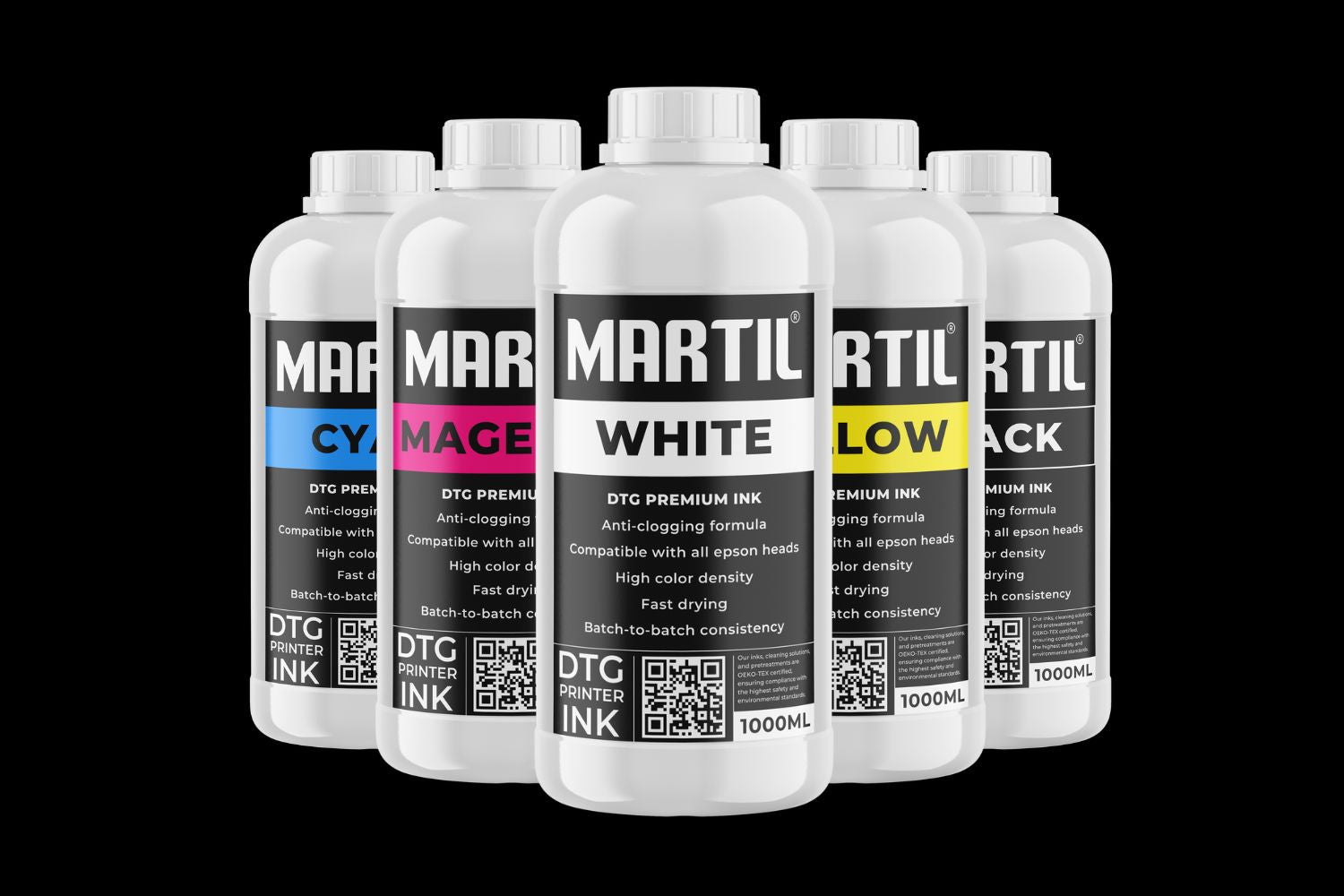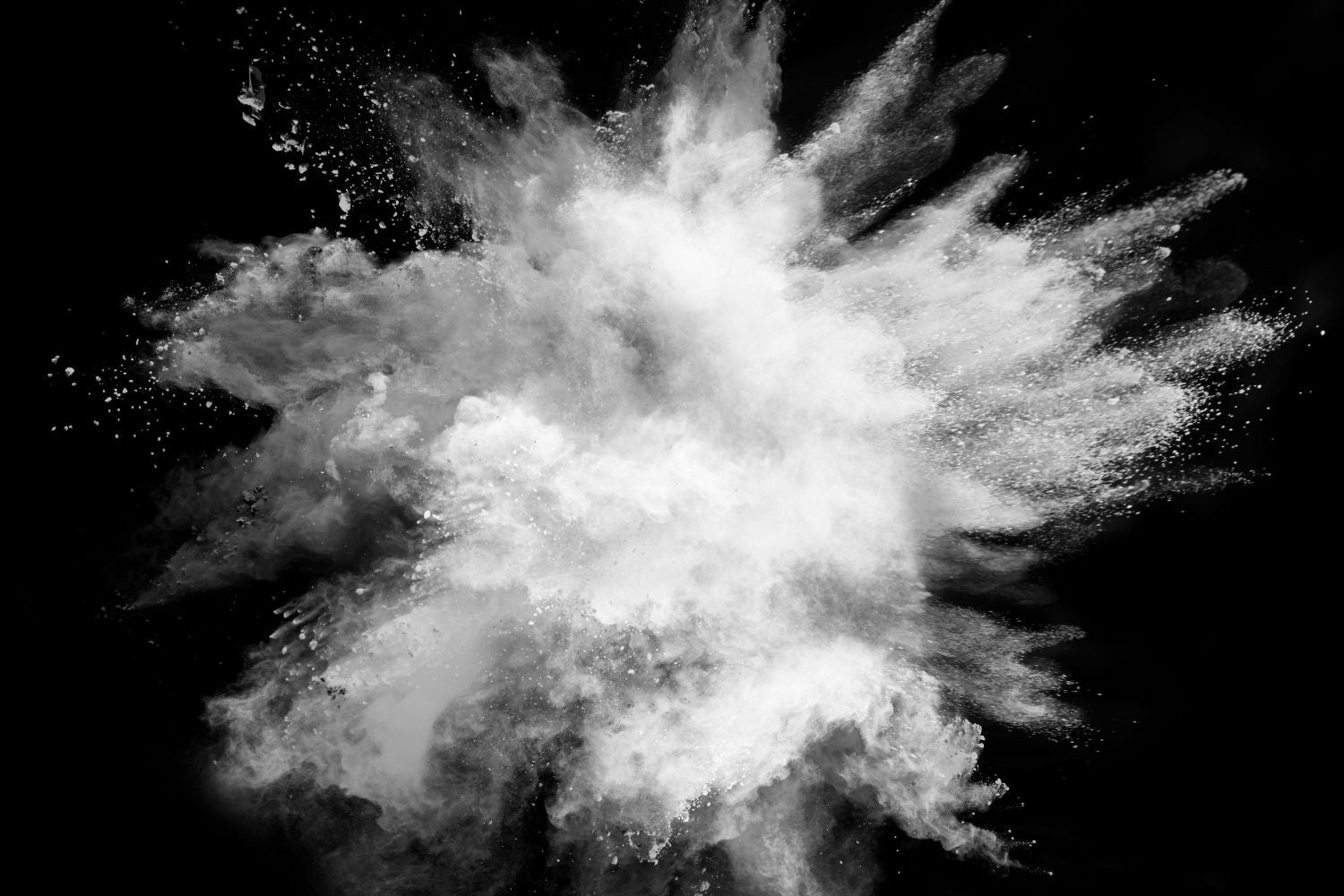Introduction
DTF (Direct To Film) printing has revolutionized the textile customization industry thanks to its flexibility and exceptional print quality. However, while this technique is accessible, it requires a certain level of expertise to avoid defects that can ruin a transfer. Many professionals and beginners still make DTF printing mistakes that negatively affect the final quality and unnecessarily increase production costs.
The most common DTF printing errors often involve incorrect printer settings, uneven application of adhesive powder, poorly executed heat pressing, or poor equipment maintenance. These errors lead to failed prints, poor-quality transfers, and ultimately customer dissatisfaction.
Why is it crucial to detect and avoid these DTF printing errors ? Simply because every defect directly impacts your profitability. Poor process management means wasted film, ink, and time, reducing your profit margins. But rest assured, it's entirely possible to correct these issues with the right adjustments.
In this article, we'll review the most common DTF printing errors and give you concrete solutions to avoid them permanently. By applying these tips, you'll optimize your production and ensure impeccable print quality.
👉 Avoid these mistakes by using our complete collection of DTF supplies suitable for professionals!
Incorrect print settings: a common cause of DTF defects
Proper print setup is essential for flawless results. Improper setup results in dull colors, lack of sharpness, and imperfect adhesion of the design to the fabric.
Inadequate resolution: blurriness and lack of sharpness
One of the most common DTF printing errors is incorrectly adjusted print resolution. If your design appears blurry or pixelated, it likely means the DPI is set too low. Insufficient resolution reduces detail accuracy and can make design edges appear jagged.
👉 Improve the sharpness of your prints with our high quality DTF ink .
Poorly calibrated inking: excess or lack of ink
Too much ink causes smearing, while too little ink reduces color intensity. Proper ink setup is essential to ensure clean, long-lasting printing.
Color Management: Avoiding Hue Shifts
Errors in the color profile can affect the final output. Make sure you use a suitable ICC profile to maintain optimal color fidelity.
👉 Get perfect colors with our suitable DTF transfer films .
Mistakes when applying DTF adhesive powder
Adhesive powder is a key component of the DTF process. Improper application can result in poorly bonded areas or transfers that don't last.
Uneven application: poorly covered or overly covered areas
Uneven powder application creates loose areas that will quickly fade after washing. Therefore, it is essential to apply an even coat over the entire design.
👉 Avoid this problem with our high-quality DTF powder .
Insufficient drying of the powder: risk of deterioration after washing
If the adhesive powder is not properly cured, it may not adhere well to the fabric, causing the design to peel off prematurely. Make sure it is sufficiently dried before thermal transfer.
Poor powder storage: humidity and clumping
Improperly stored powder can clump and lose its effectiveness. It is recommended to store it in a dry place, away from humidity and temperature fluctuations.
👉 Optimize your production with our professional DTF consumables .
Heat pressing: mistakes that ruin the final transfer
The heat pressing step is crucial to ensure the design is properly fixed on the textile. Incorrect temperature, incorrect pressing time, or inadequate pressure can alter the final result.
Incorrect pressing temperature and time: poorly fixed transfer
One of the most common DTF printing errors is improper press settings. Too low a temperature or insufficient pressing time prevents proper adhesion of the graphic, while too high a temperature can burn the film.
👉 Ensure optimal pressing with our professional DTF supplies .
Inadequate pressure: visible marks or poor adhesion
Too little pressure prevents even transfer, while excessive pressure can mark the fabric. It is therefore essential to adapt the pressure according to the type of fabric used.
Poor choice of textile: impacts on transfer resistance
Some textiles require specific temperature and pressure for successful transfer. Always test on a sample before starting mass production.
Maintenance and upkeep: a crucial step often neglected
Well-maintained equipment ensures consistent quality printing and prevents costly breakdowns.
Insufficient cleaning of the DTF printer: clogged nozzles and printing defects
Dried ink buildup in the printer nozzles results in incomplete prints or streaks on the image. Regular cleaning is essential.
👉 Preserve your printer with our specialized DTF cleaning solution .
Poor conservation of inks and films: loss of quality
Inks and films must be stored in a stable environment to avoid any risk of deterioration.
Checking settings and testing before production
A test before each production allows us to identify any technical problems before launching a full series.
Conclusion
Errors during your DTF printing can quickly impact your productivity and the quality of your designs. By adopting best practices and avoiding these common pitfalls, you'll optimize your process and significantly reduce waste.
With proper print settings, uniform application of adhesive powder, well-calibrated heat pressing, and careful maintenance of your equipment, you will guarantee perfect, long-lasting prints.
👉 Discover our complete range of DTF inks, films and supplies now to avoid these DTF printing errors and improve your profitability!




Leave a comment
This site is protected by hCaptcha and the hCaptcha Privacy Policy and Terms of Service apply.